In ancient mythology, carp are consistently revered for their strength. To help you form an idea of what I'm talking about, I'd like to start this blog post by sharing with you the Dragon Gate Legend, which is a story that was passed down for generations in ancient China.
The Dragon Gate Legend
The Dragon Gate Legend goes like this...
Thousands of koi carp were swimming together upstream the Yellow River with their golden orange patterns shimmering in the sunlight as they persevered through the strong current. They then encountered a large, daunting waterfall impeding their travel. Many of the carp turned around frightened, yet some were determined to reach the top.
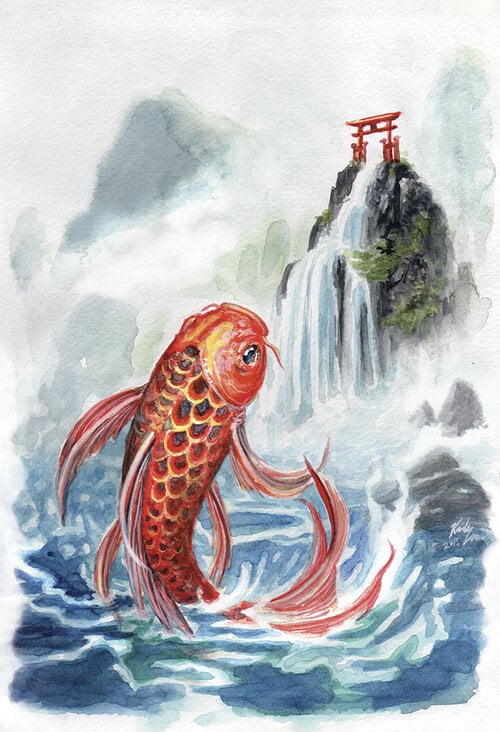
The Dragon Gate Legend story was passed down verbally for generations in ancient China. In ancient mythology, carp are consistently revered for their strength.
After years and years of struggle, the koi carp did not reach the top, but they had been getting closer and closer. As they became very close to reaching the top, the gods raised the height of the waterfall, and threw fire and lightning down at the koi, who endured this struggle for years on end.
After hundreds of years of struggle, one single koi reached the top of the waterfall and was transformed into a golden dragon, a symbol of power and strength.
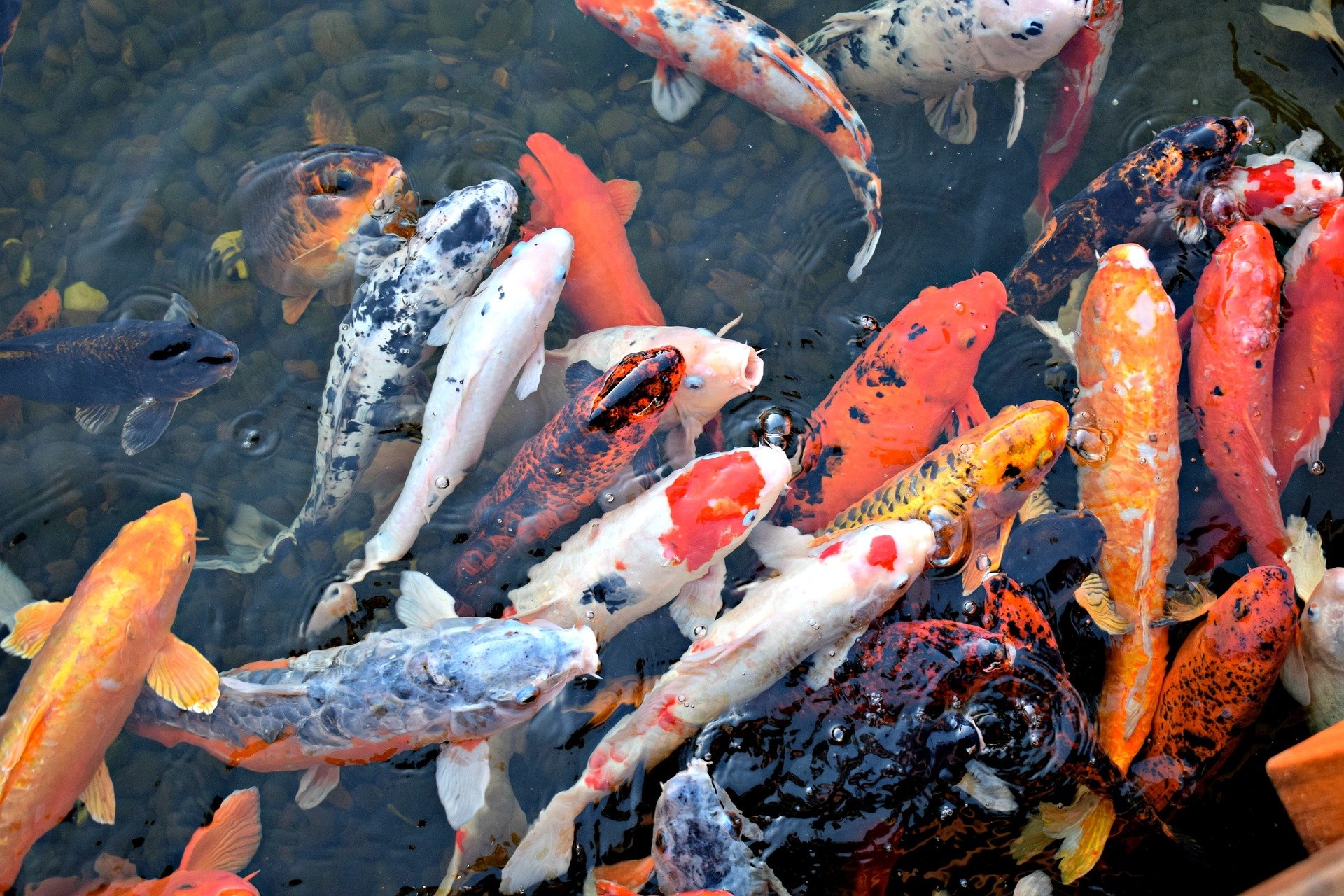
Koi is the Japanese word for carp, and koi carp are a domesticated version of the common carp, often exhibiting brighter colors and more elaborate patterns than its close relative the common carp. They are not considered to be a separate species from the common carp, but rather a sub-species.
How Carp Arrived In Massachusetts
Carp were introduced to Europe from Asia around the 12th century, and between 1877 and 1883, the U.S. Commission of Fish and Fisheries introduced carp from Europe to the United States as a food source. Now I personally would never eat a carp, but I will admit that they would be a perfect fish to cultivate. They are one of the toughest, hardiest fish around, and can grow to very large sizes.
Despite their reverence overseas, these prized fish seem to be despised by many here in the US. Perhaps it is because carp are bottom feeders and will dirty the water when they feed. They are oftentimes found in polluted waters. Also, each female carp can lay up to 2 million eggs annually. These eggs can grow up to 8 inches in their first year, which makes them an invasive threat.
Regardless, the opportunity to catch a 20+ pound fish on light tackle in freshwater year-round can make for some exhilarating, line-peeling fights - which keeps me coming back time after time.
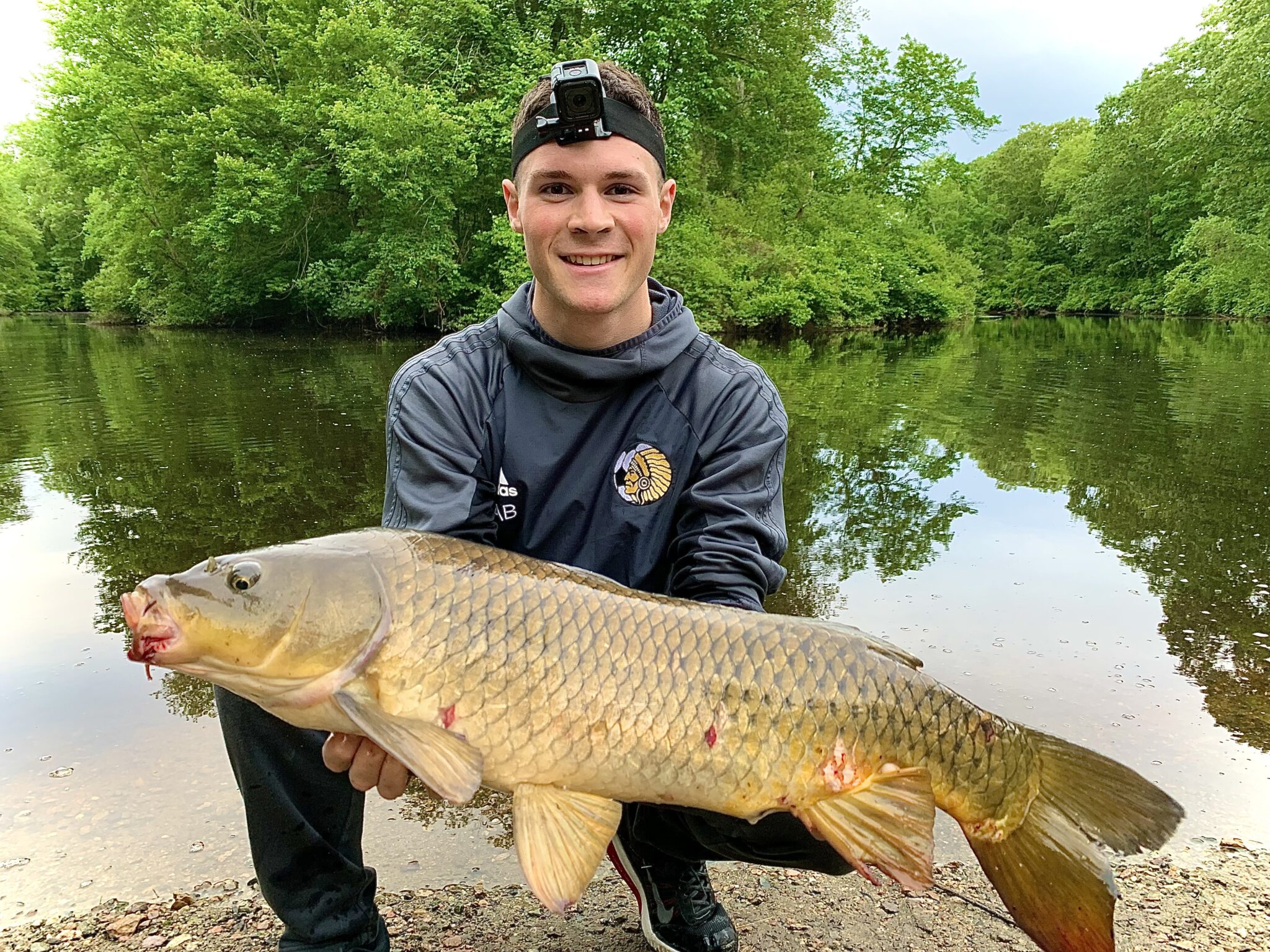
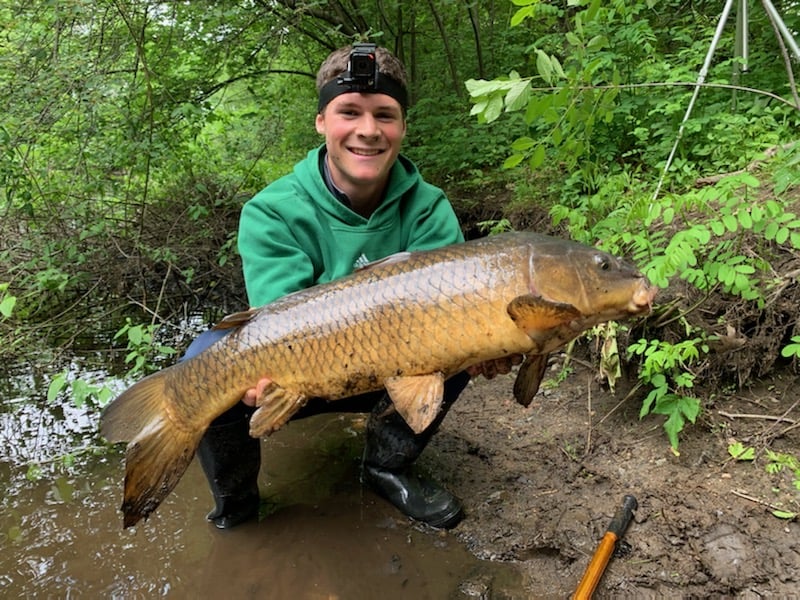
Carp on Cape Cod
East Harbor, or Pilgrim Lake, in Truro was closed off to the ocean for the installation of a railroad in the late 1800s. This closed body of water supported a large population of carp until the early 2000s. Rumors have it that people went in with ultralight setups and sight fished for giant carp.
However, due to the high levels of pollution, midge outbreaks, and smell in Pilgrim Lake, the National Park Service was forced to open up the pond to the ocean, and restore it back to the saltwater estuary it once was. The carp eventually died off within a few years.
Other than Pilgrim Lake, I am personally unaware of there being carp on Cape Cod, although every once in a while I’ll hear a rumor of them being spotted or caught accidentally.
East Harbor (once Pilgrim Lake) in Truro. If you ever drive to Provincetown, you drive by it on Route 6.
Carp Fishing in Massachusetts
The Charles, Blackstone, Neponset, Concord, Sudbury, and Merrimack Rivers all hold large populations of carp and offer many access points and feeder ponds containing carp.
The Blackstone River which flows in Massachusetts and Rhode Island offers anglers the opportunity to catch mirror carp, another subspecies of the common carp, normally quite rare to stumble upon. However, at the Blackstone River, mirror carp dominate the catch, and many regard the Blackstone River as amongst the best mirror carp fishery in the country.
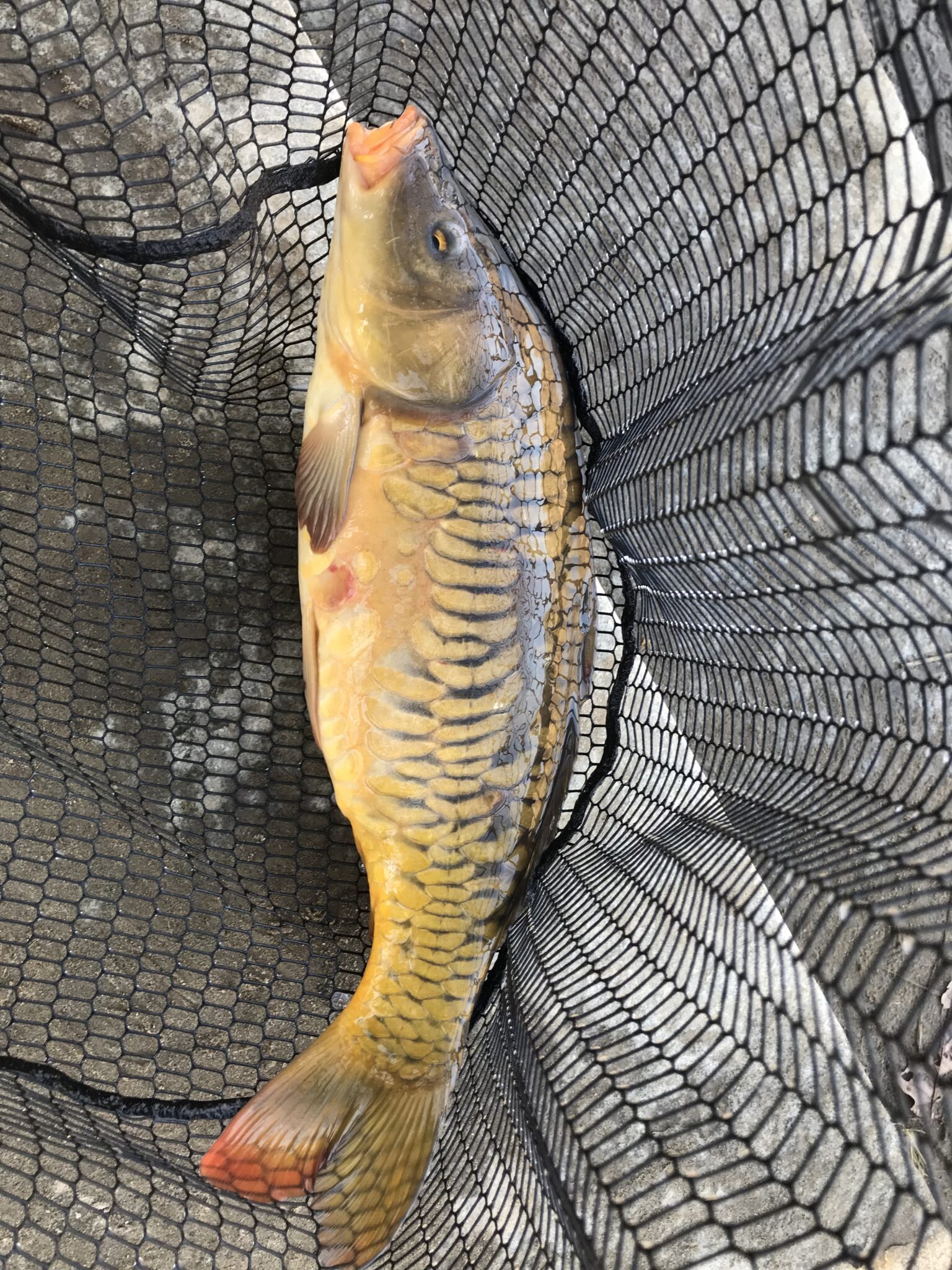
My first mirror carp! Caught in the Blackstone River on a cold February afternoon.
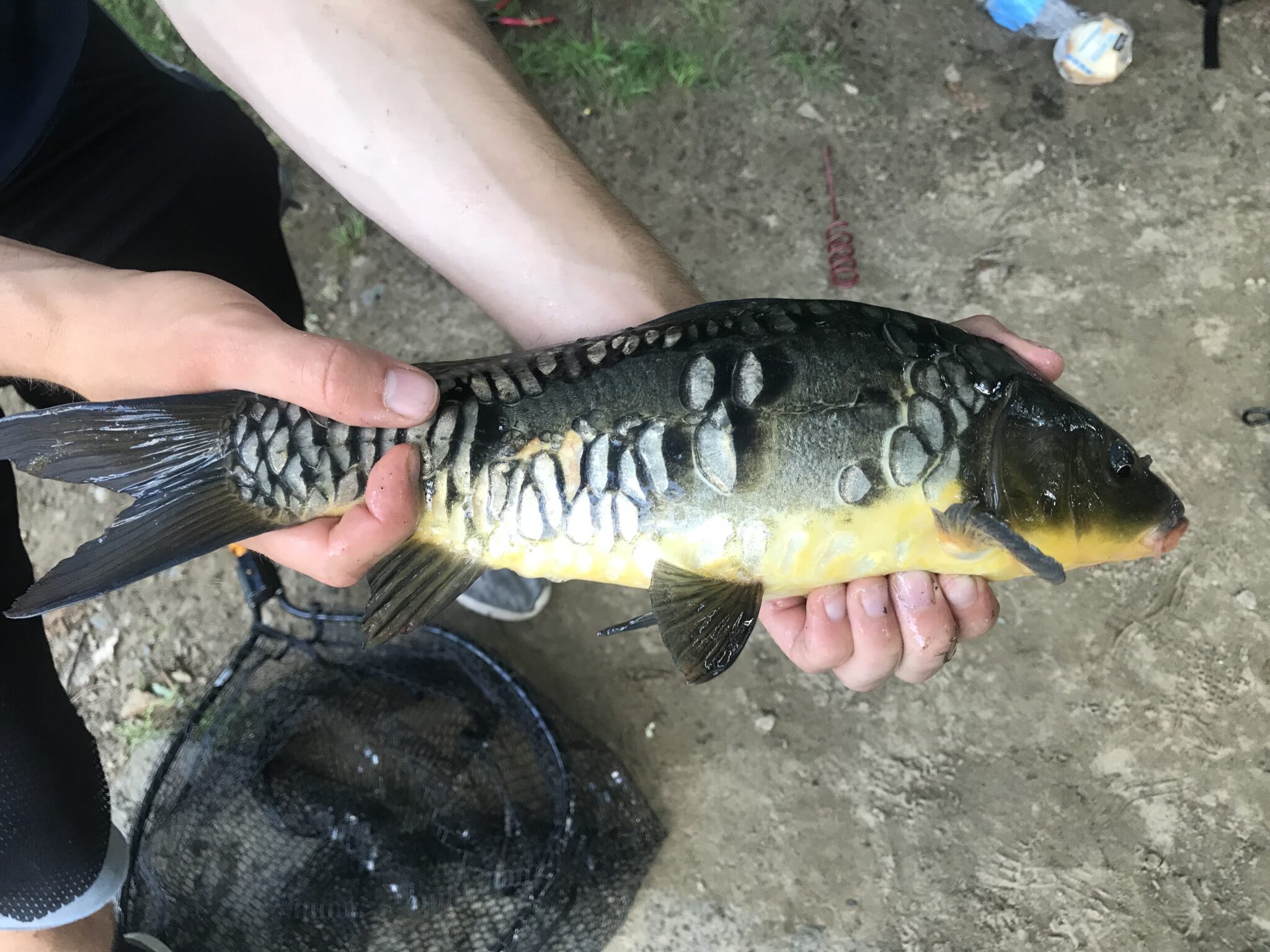
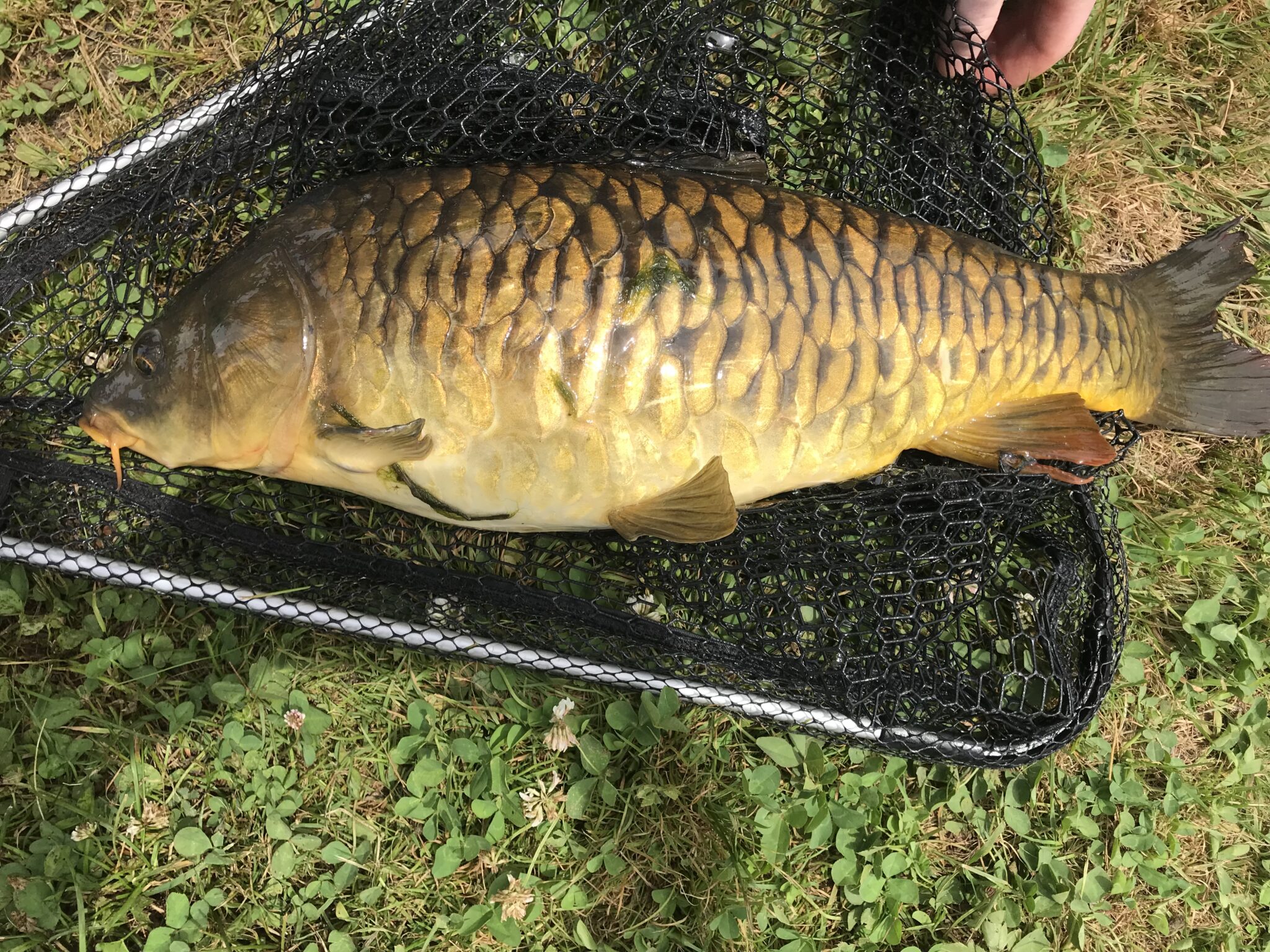
Another large mirror carp from the Blackstone River.
Each mirror carp contains distinct scale patterns which are unique to the individual. In many cases, people have documented themselves catching the same mirror carp years later, as they can live to be over 20 years old and have easily recognizable, unique scale patterns.
How to Fish for Carp in Massachusetts
Chumming
Although time consuming and sometimes painstaking, some of the best carp fishing I have done has been from pre-chumming the location: going to the spot I intend to fish beforehand, and chumming it. I know of some people that chum for multiple days in a row before deciding to cast a line.
By pre-chumming for multiple days (especially at the same time each day) the carp start expecting food and are ready to eat when you decide to cast a line. Chumming is only effective in lakes and ponds or very slow moving rivers. Rivers with current will transport the chum out of sight.

I find canned corn to be the most effective chum, although I have also used cat food.
Basic Fishfinder Carp Fishing Rig
Fish finder rigs are common practice in carp fishing. #6 or #8 hooks are the standard. Note that lead sinkers under 1 oz in weight are illegal to use in Massachusetts freshwater bodies.

Although egg sinkers work, I find weights that you can clip on, such as bank sinkers and pyramid sinkers, to be much more effective when using a method ball, which I describe below.

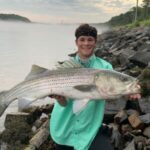
awesome fish, cap a great fish 2 catch lost more than 1 rods to carp over the year. loved the story thank you
Thank you Nick. Always leaning from smart young guys.
Never knew the story with east harbor/ pilgrim lake that is really interesting.
I actually have seen a few koi in Johns pond in Mashpee. This was about 7 years ago but they were all very big. Wonder if that population has grown.
No kidding. I had no idea there were Koi in Johns. I wonder if they would survive the winter?
Great article nick! I’ve always wanted to try carp fishing now I’ve got a good idea on what to do now!
I’ve never caught a carp before, but maybe 2022 is my year!
Definitely spend some time in early/mid June! The fight can be epic if you find one
Very cool, thanks Josh for the tip!
nice article thanks!
Awesome article nick! I’m gonna have to make my way to the secret spot when I get back from school.
Thanks Josh! Hopefully you can warm it up for me when I get back in June haha